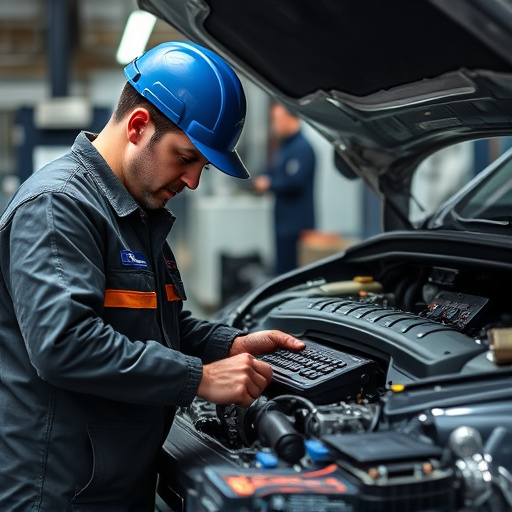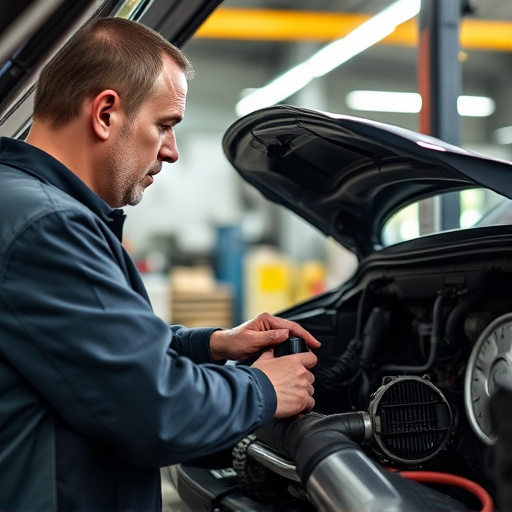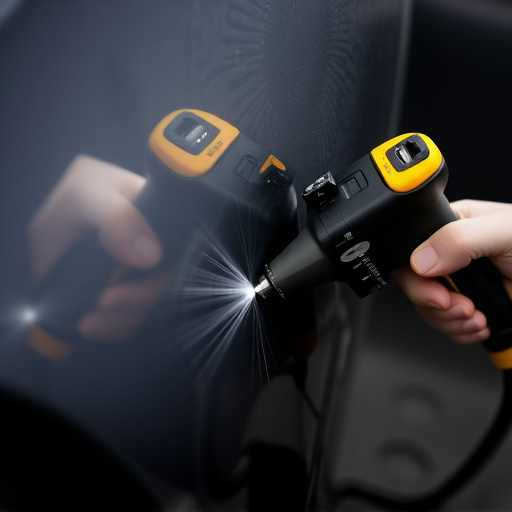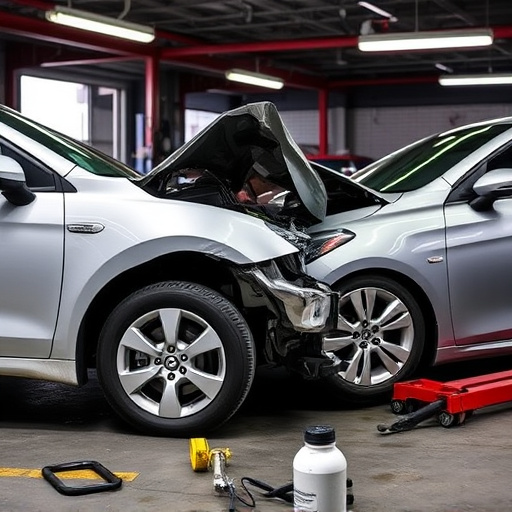Airbag module replacement is a critical safety measure for modern vehicles, maintaining their effectiveness through regular maintenance and timely upgrades. Degradation due to age or damage can cause failure, leading to increased injuries. Skilled technicians perform meticulous inspections, replace modules, straighten frames, and test thoroughly to ensure optimal system performance and enhanced occupant protection, aligning with the importance of auto glass replacement for safety and visibility.
Airbag module replacement is a vital safety measure that cannot be overlooked in vehicle maintenance. Airbags, crucial for immediate protection during collisions, depend on functional modules. Over time, these modules can fail due to wear and tear or accidents, rendering airbags ineffective. Understanding the key components and functionality of airbag modules is essential when recognizing signs of failure. Efficient replacement processes ensure enhanced safety, making it a critical aspect of vehicle upkeep that should not be postponed.
- Understanding Airbag Modules: Key Components and Functionality
- When Replacement Is Necessary: Signs and Causes of Failure
- The Process: Efficient Airbag Module Replacement for Enhanced Safety
Understanding Airbag Modules: Key Components and Functionality
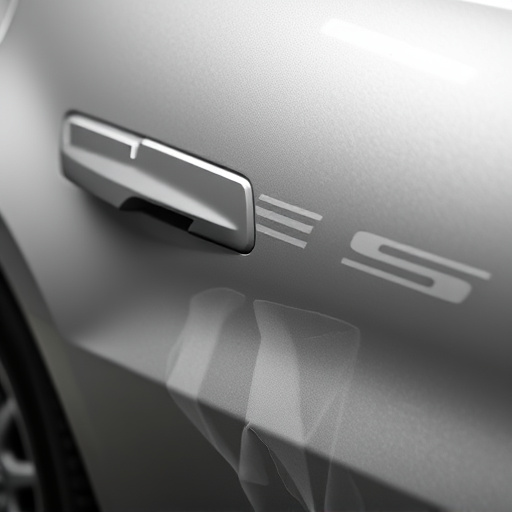
Airbag modules are critical safety features in modern vehicles, designed to protect occupants during a collision. These complex systems consist of several key components, including sensors, control units, and inflators, all working harmoniously. When a vehicle experiences a sudden impact, sensors trigger the airbag module, which swiftly deploys airbags to cushion the driver and passengers from hard surfaces inside the car. This immediate response can significantly reduce the risk of severe injuries and even save lives.
Effective airbag functionality relies on regular maintenance and timely replacement when necessary. Over time, wear and tear can impact the module’s performance, especially after a collision or during bumper repair. That’s where airbag module replacement becomes crucial. A collision repair shop’s expertise is essential to assess and replace these modules, ensuring they function optimally and providing the best protection for vehicle occupants, just like auto glass replacement maintains visibility.
When Replacement Is Necessary: Signs and Causes of Failure

Airbag module replacement is a critical aspect of vehicle safety maintenance. Over time, airbags and their modules can degrade due to various factors, indicating the need for timely replacement. The most obvious sign is when an airbag fails to deploy during an accident, which could be caused by electrical malfunctions, sensor damage, or inflation mechanism failures. These issues might arise from age, exposure to extreme temperatures, moisture intrusion, or physical damage. Regularly checking for any anomalies and replacing the module as soon as potential problems are detected is essential for ensuring passenger safety.
Neglecting airbag maintenance can have severe consequences. Car repair services often report increased instances of injuries due to non-functional airbags in recent years. The primary reason behind this surge is the aging fleet on the roads, as older vehicles require more frequent airbag module replacements. Auto repair experts emphasize that car body repair due to airbag malfunctions is not only costly but also potentially life-threatening, making proactive replacement a wise choice for vehicle owners.
The Process: Efficient Airbag Module Replacement for Enhanced Safety

When it comes to vehicle safety, the airbag module is a critical component that requires meticulous attention during any collision or accident. Efficient airbag module replacement involves more than just swapping out a damaged part; it’s a process that demands precision and expertise. Skilled technicians employ advanced techniques, such as frame straightening and scratch repair, to ensure the new module integrates seamlessly with the vehicle’s existing structure. This meticulous approach not only enhances safety but also preserves the vehicle’s overall condition, effectively repairing any vehicle dent repair while ensuring the airbag system functions optimally.
The replacement process begins with a thorough inspection to identify the extent of damage. Once the old airbag module is removed, the technician assesses the frame and surrounding components for any signs of strain or misalignment. Correcting these issues through precise frame straightening techniques guarantees that the new airbag operates in harmony with the vehicle’s safety systems. After installation, rigorous testing is conducted to verify the module’s functionality, ensuring it deploys correctly and effectively in future collisions.
Airbag module replacement is a crucial step in maintaining vehicle safety. By understanding the key components and functionality of these modules, recognizing signs of failure, and ensuring efficient replacement processes, car owners can significantly enhance their protection on the road. Regular maintenance and prompt addressing of any issues ensure that airbags function optimally during emergencies, ultimately saving lives.


